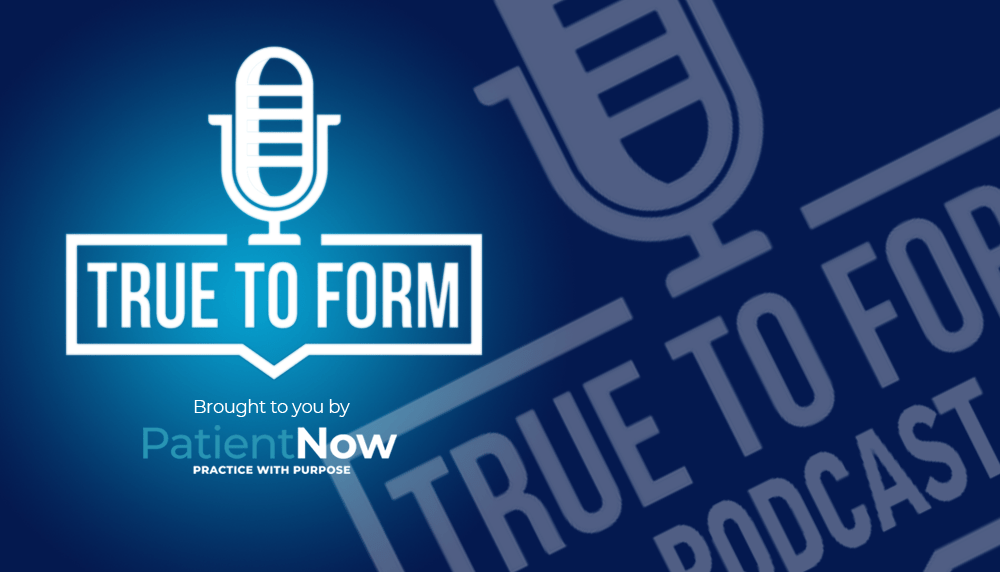The health & wellness industry has exploded in the last few years. According to Statista, the worldwide market size for the health & wellness sector was valued at more than $4.4 trillion in 2019. Experts predict that this figure will climb to more than $6 trillion by the year 2025.
The growth of this industry is no surprise, as modern consumers are far more conscientious of their health and its impacts on their quality of life. This increase in awareness has prompted countless patients to seek out voluntary treatments aimed at improving vitality and wellness.
While all of this growth bodes well for health & wellness practices, it will also lead to the emergence of new challenges as well. Fortunately, practices can proactively address these challenges by first identifying them and then implementing proven solutions.
On that note, several such challenges are identified below. Additionally, you can find various solutions that your health & wellness clinic can leverage to navigate these growth hurdles.
What Challenges Are Health & Wellness Practices Facing?
Health & wellness clinics are facing a multitude of challenges. The specific scope of these challenges will vary based on several factors, including what services the clinic provides, where it is located, how many facilities they operate, and so on.
A few challenges that appear to be universally impacting the health & wellness space include the following:
Increased Demand for Services
The phrase “health & wellness” encompasses a broad range of services and treatments. As such, it can be quite challenging to precisely calculate the exact demand for services that the industry has experienced. However, as evidenced by the aforementioned increase in market size, it is clear that demand is rising.
Demand increases are almost always great for a clinic’s bottom line, provided that it can keep up. Unfortunately, clinics that fail to do so may experience a decline in the quality of care they can provide. In turn, this could hinder long-term growth and potentially move the clinic further away from its goals, not nearer to them.
Adapting to increases in demand is doable. But it will take a multifaceted approach. Simply hiring new staff alone will not do. Instead, clinics must also work to become more efficient in the way they process patients.
Changing Patient Expectations
In modern society, patients have grown accustomed to instant gratification. They can order almost anything online and receive it at their doorstep in just a few days. Patients can also access virtually any piece of information they want simply by breaking out a smartphone and opening up a browser.
These developments in technology have undoubtedly improved many aspects of daily life. But they have also reshaped patient expectations as they pertain to receiving services, including health & wellness care.
If health & wellness clinics hope to meet or exceed these expectations, they must learn to streamline wait times. This will improve the patient experience and maximize satisfaction.
Additionally, clinics need to explore more ways to offer clients self-service opportunities. These opportunities will get patients more involved in their own health journeys, which could improve long-term outcomes.
Staffing Shortages
While hiring new staff alone will not resolve all of the challenges that clinics are facing, it is part of the equation. The bad news is that the healthcare industry, like many other sectors, is facing a talent shortage. As a result, clinics might have a tough time finding talented staff members who align with their organizational values.
If clinics cannot find the staff they need to fill important vacancies, they will have to explore other ways of boosting productivity. Adopting electronic medical record (EMR) systems is a great first step, but more on that below.
How Practices Can Overcome These Hurdles
Is your health & wellness practice already experiencing some of the challenges below? Or perhaps your practice is running smoothly, but you want to proactively address growth barriers before they impede progress.
Either way, the tactics below can help you build your business and better serve your patients. If you want to overcome current or emerging health & wellness practice challenges, we recommend that you:
Reduce Friction for Patients
Health & wellness services are elective, which means that patients may be less likely to pursue them if there is unnecessary friction during the care process.
As BMC Health Services Research notes, the perceived value of a visit has a direct impact on a patient’s willingness to wait. If patients are forced to wait extended periods to receive wellness treatment, they may not be back for a follow-up visit.
Therefore, your clinic must work to streamline every facet of the care process. From check-in to seeing providers, all stages of care should be smooth, frictionless, and effortless for patients. If you can accomplish this, you will bolster your brand image and optimize patient satisfaction.
Improve Efficiency
If you hope to reduce friction for patients, you must improve the efficiency of back office processes. This includes functions like managing patient records, scheduling appointments, generating performance reports, and collecting payments. When all of these processes are optimized, your team can spend more time focusing on caring for patients.
Admittedly, achieving this level of optimization will be challenging if you are using an antiquated, on-premises EMR system. These tasks will be virtually impossible if you rely on manual payment collection, scheduling, and records management practices.
What is the best way to optimize efficiency and improve the patient experience?
Invest in an EMR System
By investing in an EMR for health & wellness practices, you can modernize all of your front and back office processes. An integrated EMR solution streamlines records management, payment collection, and everything in between.
With that being said, not every EMR for health & wellness practices is created equal. If you want to get the most out of your new investment, you need the dynamic EMR solutions offered by PatientNow.
Our technology suite includes patient record management tools, a customer relationship management platform, reporting capabilities, and more.To learn more about this opportunity, schedule a demo of our EMR system today.
You Might Also Like
While long-standing relationships provide a consistent revenue stream, every med spa must convert leads into prospects to survive long-term.
Industry expert and international speaker, Kara Moncrief, shares her journey in aesthetics, drivers behind the current industry surge, plus her advice for choosing the right vendor partnerships to support…
In the world of plastic surgery and med spas, photography plays a crucial role in patient care. While it may seem like a secondary aspect of your practice, the use…




